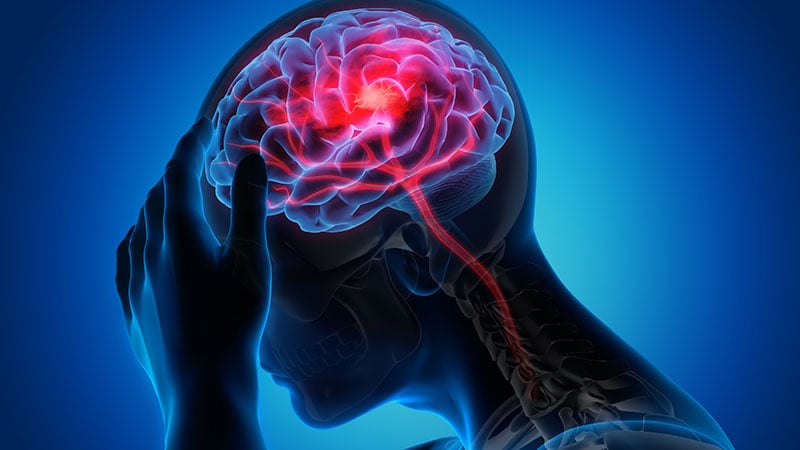TOPLINE:
Nearly 38.4% of patients with acute cerebral ischaemia confirmed on diffusion‐weighted MRI (DW-MRI) presented with atypical symptoms that did not meet current standard clinical definitions of transient ischaemic attack (TIA) or minor stroke. Vascular risk factors were stronger predictors of DW imaging (DWI) positivity than clinical symptoms.
METHODOLOGY:
- Researchers conducted a retrospective analysis of electronic case notes of 1615 consecutive patients with suspected TIA or minor stroke at a tertiary stroke centre (March 2020 to February 2021).
- Cerebral ischaemia symptoms were classified as typical or atypical on the basis of the acuity of onset, the type of presentation, and whether occurred in isolation or alongside other neurologic manifestations.
- All patients were evaluated at either an outpatient TIA clinic or inpatient hyperacute stroke pathway setting, with DW-MRI serving as the first-line investigation for all eligible patients.
- MRI findings for cerebral ischaemia were classified as DWI positive or DWI negative on the basis of reports from consultant neuroradiologists.
TAKEAWAY:
- Of the 1615 patients, 27.4% demonstrated one or more DWI-positive lesions consistent with acute cerebral ischaemia on brain MRI; 38.4% of them presented with atypical symptoms, including headache (16.6%), unsteadiness (14.5%), positive sensory symptoms (11.3%), non-vertiginous dizziness (10.0%), confusion (8.6%), and nausea (7.9%).
- In the multivariable logistic regression model, age (odds ratio [OR], 1.015; P < .001), male sex (OR, 1.859; P < .001), hypertension (OR, 1.607; P = .001), diabetes (OR, 1.400; P = .028), and current smoking (OR, 1.667; P = .005) were independent predictors of DWI positivity.
- Patients in the DWI-positive group had a significantly higher number of vascular risk factors than those in the DWI-negative group (mean, 2.65 vs 1.95; P ≤ .001).
- Specific symptoms like face and/or limb weakness (OR, 1.303; P = .041), dysarthria (OR, 2.054; P < .001), limb ataxia (OR, 3.756; P < .001), and diplopia (OR, 54.805; P < .001) were independently associated with DWI positivity.
IN PRACTICE:
“Our study supports the need to redefine the current clinical definition of stroke and TIA, and highlights the importance of having a low threshold for undertaking MRI with DWI in patients presenting with acute neurological symptoms,” the authors wrote.
SOURCE:
This study was led by Patrick Gallogly, Comprehensive Stroke Service, National Hospital for Neurology and Neurosurgery, London, England. It was published online on August 08, 2025, in the International Journal of Stroke.
LIMITATIONS:
The retrospective nature of the study introduced potential recall bias. Data collection was relied on patient histories and documentation recorded by clinicians, both of which may have varied in quality and led to misclassification bias. Important aspects of patient symptomatology may have been missed if not specifically documented by the clinician or volunteered by the patient.
DISCLOSURES:
This study did not receive any funding. Gallogly reported being an employee of Pfizer Ltd at the time of publication.
This article was created using several editorial tools, including AI, as part of the process. Human editors reviewed this content before publication.
Source link : https://www.medscape.com/s/viewarticle/unveiling-atypical-symptoms-cerebral-ischaemia-2025a1000lr9?src=rss
Author :
Publish date : 2025-08-20 12:00:00
Copyright for syndicated content belongs to the linked Source.
